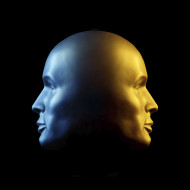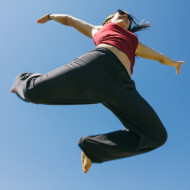
Choreutics is in many ways a straight-forward presentation of Laban’s movement theories. However, more than any of Laban’s other books in English, Choreutics is colored by Laban’s worldview.
It is recognized now that there is no such thing as pure objectivity; every theory is colored by its proposer’s experiences and beliefs. Consequently, Laban’s worldview is not irrelevant to understanding ideas set forth in Choreutics.
In this series of blogs, I sketch aspects of Laban’s life and times and their potential influence on his theories of movement. … Read More









